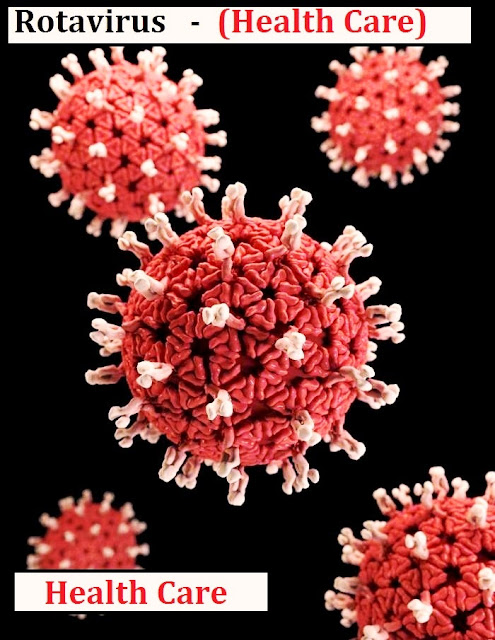Fitness: Overview - factors – types and exercise
What does it mean to be in good physical shape?
It's crucial
to maintain a healthy degree of
physical fitness. Finding out what fitness entails, though, can be challenging.
Physical fitness is described by experts as "one's capacity to carry out daily activities with maximum efficiency, strength, and endurance while minimising sedentary behavior and managing disease, fatigue, and stress."
The ability to lift heavy objects and run quickly is only a small part of this job description. These qualities only focus on particular fitness domains, despite their significance.
Information about the five main elements of physical fitness is provided in this article.
Quick facts about fitness
· Keeping in good physical shape can aid in the prevention of various illnesses.
· Exercise can alter body composition without affecting weight.
· The state of an athlete's heart varies based on the sport they play.
· Due to neurological alterations and fibre hypertrophy, muscle strength rises.
· Increasing flexibility via stretching can help with a variety of medical issues.
Overview
The degree to which one satisfies each of the requirements of being healthy determines how physically fit they are.
These elements relate to fitness and include:
body composition and flexibility muscular strength and endurance cardiorespiratory fitness
Cardiopulmonary function
Cardiorespiratory endurance measures how well the body's circulatory and respiratory systems can supply energy during physical activity.
Exercises that raise the heart rate for a prolonged length of time assist in building cardiorespiratory endurance.
These actions
consist of:
swimming, jogging, cycling brisk walking.
Regular participants in these activities are more likely to be in good physical condition with regard to cardiorespiratory endurance. It is crucial to start these exercises slowly and build up to a higher intensity over time.
There are several ways that exercise increases cardiorespiratory endurance. For instance, the heart muscle gets stronger and can pump more blood with each pulse.
At the same time, new tiny arteries form within muscle tissue so that they can carry blood to active muscles more effectively as needed.
How can physical activity
affect heart health?
Following consistent training, the heart's efficiency alters and improves. Recent studies, however, reveal that various forms of exercise affect the heart in somewhat different ways.
The size of the heart is increased by all forms of exercise, but there are important distinctions between endurance athletes like rowers and strength athletes like football players.
Strength athletes' hearts have thickened heart walls, especially around the left ventricle, whereas those of endurance athletes display enlarged left and right ventricles.
How can exercise affect lung
health?
The heart gradually gets stronger over time, but the respiratory system doesn't change as much. Although the lungs do not enlarge in size, they do utilise oxygen more efficiently.
Exercise generally stimulates the body to become more effective at absorbing, dispersing, and using oxygen. This enhancement boosts general health and endurance over time.
benefits of cardiovascular
fitness for health
Fitness for the heart and lungs can lower the risk of disorders like:
stroke, type 2 diabetes, and heart disease
Muscular power
Muscular power may be measured in a variety of ways. The ideal method is often to lift a certain weight in a predetermined posture and compare the results to any given population.
In general, strength will increase if a person uses their muscles consistently
and frequently.
There are many methods to put the muscles through strenuous action, but anything that uses a muscle until it becomes fatigued will gradually build up muscular strength.
How does exercise alter the
structure of muscles?
Elongated muscle cells make up muscles. Actin and myosin, two contractile proteins found in each muscle cell, are what give muscles their strength.
The so-called power stroke is created when these fibres constrict collectively. The number of these units acting together determines the overall force.
An individual must routinely work out their muscles and consume adequate protein to gain muscle.
Although the precise mechanism of muscle growth is not entirely understood by scientists, the broad concepts are. Expanding muscle cells and increased actin and myosin synthesis are both effects of training.
Asynchronous firing of muscle fibres is another characteristic of untrained muscles. They don't shoot simultaneously, in other words. However, with practise, they develop the ability to fire in unison, increasing the maximum power output.
Physical stamina
Muscular endurance, or a muscle's capacity to continue contracting without becoming fatigued, is another aspect of fitness.
Strength training results in bigger muscles, as was already mentioned. Contrarily, endurance training does not always result in larger muscles.
This is due to the body placing more emphasis on the cardiovascular system, which makes sure that the muscles receive the oxygen-rich blood they require to continue functioning.
The different types of muscle tissue, such as rapid twitch and slow twitch fibres, undergo another significant shift in muscles that people expressly train for endurance.
Although they contract quickly, fast-twitch fibres quickly wear out. They are good for sprints but use a lot of energy. Since they don't need blood to function, they are white.
For endurance activities, slow-twitch fibres function well since they can complete tasks without becoming fatigued. They exist in the muscles of the core. Due to their need for a steady flow of oxygen-rich blood and the presence of myoglobin reserves, these fibres look red.
Different activities will either increase the number of fast- or slow-twitch fibres, or both. For instance, a long-distance runner will have fewer rapid-twitch fibres than a sprinter.
Physique composition
The relative amounts of muscle, bone, water, and fat that a person has are measured by body composition.
The ratio of each of the body's constituent parts can be drastically altered while a person maintains the same weight.
For instance, individuals with a high muscle-to-lean mass ratio may weigh more than those with a lower muscle-to-total body mass ratio who are the same height and waist size.
Exactly how is
body composition determined?
There are several ways to determine body composition. For instance, a doctor can use callipers to measure a patient's body fat or bioelectrical impedance analysis to find fat cells.
But the aforementioned techniques can be inaccurate.
Summary
Fitness generally has varied connotations for different people.
The key takeaway is that engaging in any regular exercise will be advantageous to one's health. The more active they are, the better they will look and feel.






